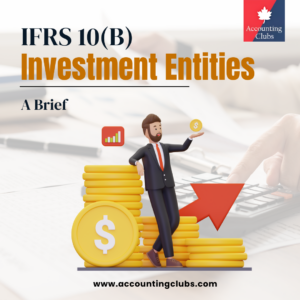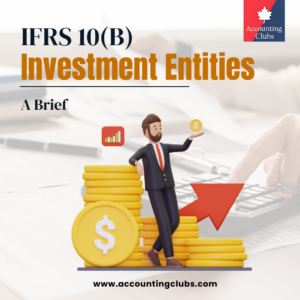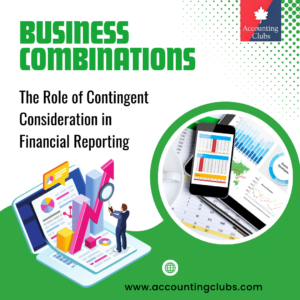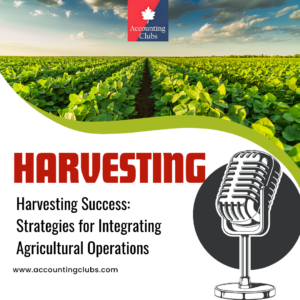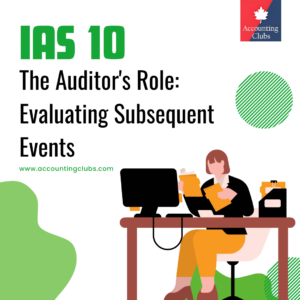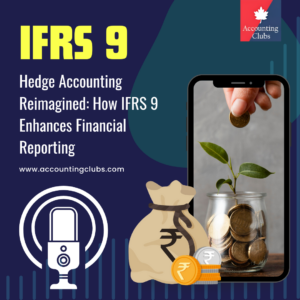Chapter 9: Adjusting the reported ‘results’ of the associate or joint venture
Consistent accounting policies
The investor should adjust the results of its associate or joint venture, as applicable, to align the investee’s accounting policies with its own policies. An entity that is not an investment entity, but has an interest in an investment entity associate or joint venture, could elect to retain the fair value measurement applied by that associate or joint venture to its interests in subsidiaries. This election is made separately for each investment entity associate or joint venture, at the latest of the date on which
(a) the investment entity associates or joint venture is initially recognised,
(b) the associate or joint venture becomes an investment entity, and
(c) the investment entity associates or joint venture first becomes a parent.
Practical situation requiring adjustment for different accounting policies An entity and its associate or joint venture have inconsistent accounting policies if the entity prepares its financial statements under IFRS whilst the associate or joint venture prepares its financial statements under local GAAP.
In order to comply with the requirements of IAS 28, the results of the associate or joint venture should be adjusted to comply with the entity’s IFRS-based policies.
Financial statements of associates and joint ventures
The financial statements of associates and joint ventures should be co-terminus with those of the investor; where this is impracticable, the financial statements should be prepared to a date not more than three months before or after the investor’s reporting date.
Listed associate’s period end more than three months before or after the entity’s period end On 1 October 20X3 a group acquired an interest in an associate. The group’s year end is 31 December and the associate’s year end is 28 February. The associate is a listed company and it publishes interim accounts for the six months to 31 August. IAS 28 does not include an exception from the ‘three-month rule’ for situations where use of figures at a date not more than three months before the entity’s year-end would divulge price-sensitive information.
Under IAS 28, therefore, the correct approach would be to prepare financial statements for the associate either at the year-end of the entity (that is, 31 December) or at 1 October (the date of acquisition), which is also not more than three months before the entity’s year end.
The latter approach would have the advantage of providing balance sheet figures at the date of acquisition. In order to prevent the use of such information by the entity from releasing price-sensitive information, it would be necessary for the associate to publish its accounts prepared to 1 October.
Another option would be for the entity to use the financial statements prepared by the associate at its year end of 28 February, because this is only a two-month difference in reporting dates (as opposed to the three-month difference allowed in IAS 28).
This approach would overcome the price sensitive information issue. However, it might not be practical if the entity has to release its results before the associate publishes its February financial statements.
The situation does not appear to be one where the use of the provisions of IAS 1, that allow a departure from a standard in certain situations, would be justified.
IAS 1 requires a departure where compliance with a standard would be so misleading that it would conflict with the objective of financial statements set out in the Framework and the relevant regulatory framework requires, or does not otherwise prohibit, such a departure.
In this situation, a departure from IAS 28 would actually give a less reliable and relevant result than compliance with the standard. If the entity is not able to persuade the associate to prepare financial statements that would enable the entity to comply with the standard, it will need to reassess whether it is in a position where it has significant influence.
There might be significant transactions or events that occur between the date of the associate’s or joint venture’s year end and that of the investor, where the dates are different. The results of the associate or joint venture should be adjusted for such events, where the effect is material.
Abnormal transaction between associate’s period end and that of the entity The associate or the joint venture might sell fixed assets to the group (or vice versa) during this period. Any adjustments made (due to significant transactions between year ends) will need to be reversed in the following years, as depicted in the examples below.
Example 1 – Significant transaction between associate’s period end and that of the entity
Entity A prepares financial statements to 31 January each year. One of entity A’s associates, entity Y, prepares financial statements to 31 December, but not to 31 January. On 30 January 20X2, entity Y suffered a major fire at one of its factories. This event was a non-adjusting post balance sheet event in entity Y’s financial statements.
Entity Y also launched a significant sales campaign at the end of 20X1, with the result that sales and operating profits in January 20X2 were 45% higher than the previous year.
The increased sales are material to entity A’s financial statements. The standard requires that, where the dates are within three months of each other and more recent statements are not prepared, adjustments are necessary for significant transactions or events in the intervening period.
Entity A should treat the fire at entity Y’s factory as an adjusting event in entity A’s financial statements, in which entity Y is equity accounted. The event would remain a non-adjusting event for entity Y’s financial statements prepared to 31 December 20X1.
Because the impact of the additional sales is material, entity A should calculate the impact of entity Y’s additional sales and make an appropriate adjustment to the financial statements of entity Y that are used to equity account entity Y’s results.
Example 2 – Associate pays dividend after its period end but before the entity’s period end
An entity has a number of associates. The reporting date for the entity’s consolidated financial statements is 31 December, while the reporting date for one of the associates is 30 September, and the group includes the associate’s financial statements made up to this earlier date.
The group has received a dividend from the associate between 30 September and 31 December.
Therefore, when its equity accounts for the associate at the entity’s year end, there is a mismatch, because the entity has received a dividend that has not been reflected within the associate’s financial statements as at 30 September.
The consolidation adjustment required in this case is to debit the group’s profit and loss account (to remove the dividend received from the associate shown in the parent’s own separate accounts) and to credit the investment in the associate, reflecting the fact that the associate’s net assets have reduced as a consequence of paying the dividend.
Where the associate is itself a group
An associate or joint venture might itself be a group. The net assets, profits or losses, and other comprehensive income used for the purpose of equity accounting are those recognised in the associate’s or joint venture’s own consolidated financial statements, after any adjustments necessary to give effect to the entity’s accounting policies.
Application of the equity method where the associate is a group of undertakings Entity X has two associates, A and B. Associates A and B have holdings in another entity, C. The standard states that, in determining whether entity C is an associate of entity X, entity X should ignore the holdings of associates A and B, because entity X only has significant influence over these associates, and does not have control.
Only the direct and indirect interests of the parent entity and its subsidiaries should be taken into account. The interests in entity C that derive from entity X’s holdings in associates A and B will be taken into account when entity X accounts for its share of their results under the equity method.
The amount reflected in entity X’s group accounts in respect of associates A and B’s holdings in entity C will depend on how associates A and B account for those holdings – that is, whether they treat them as a trade investment (if entity C is not their associate) or as an associate (if entity C is an associate of associate A and/or B) or as a subsidiary, because the standard requires the net assets and profits or losses that should be taken into account on equity accounting to be those that are recognised in the associate’s financial statements (including the associate’s share of its associates).
(Such financial statements might be either consolidated financial statements, if the associate has subsidiaries, or economic interest financial statements, if the associate only has associates.)

